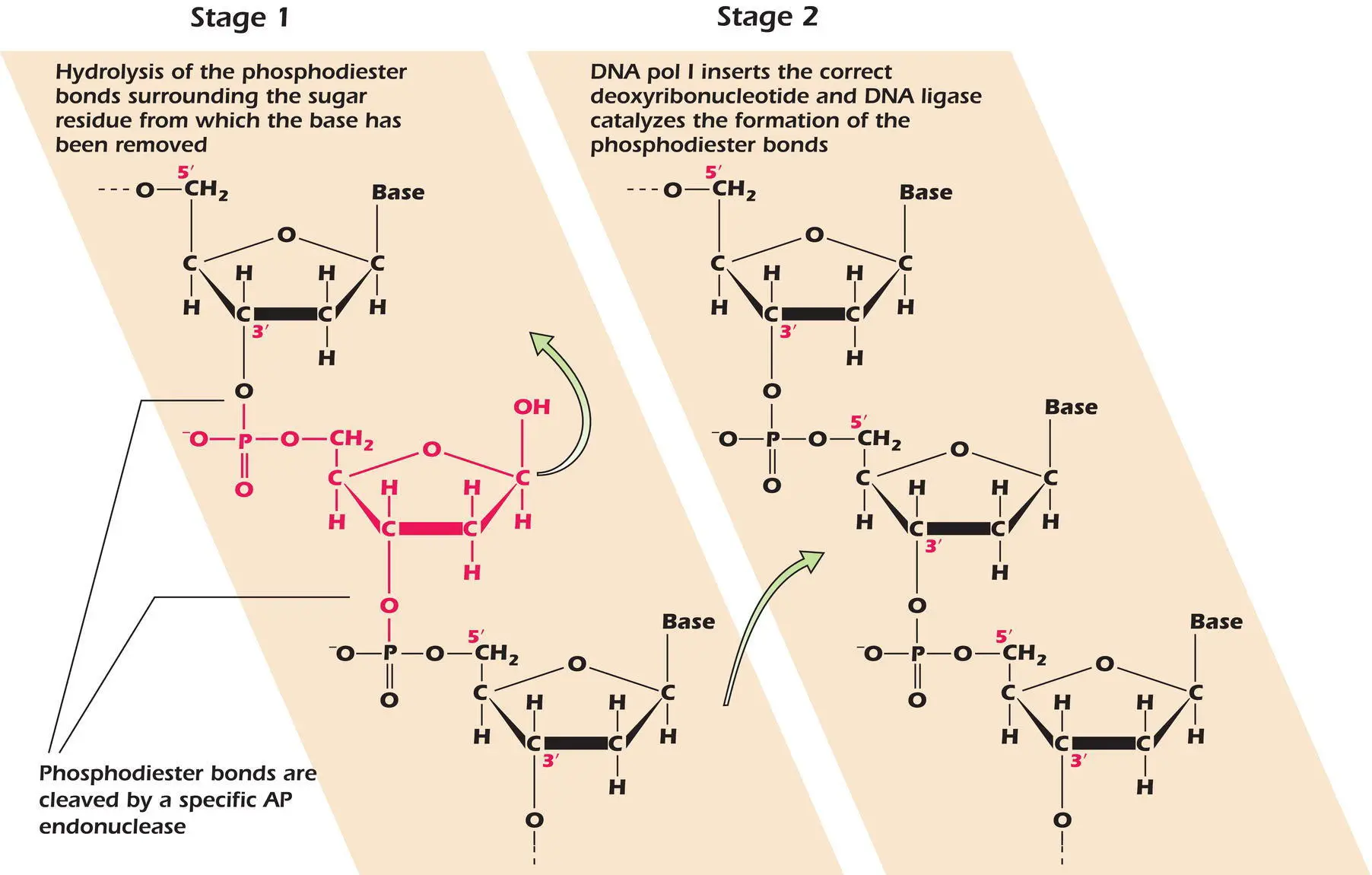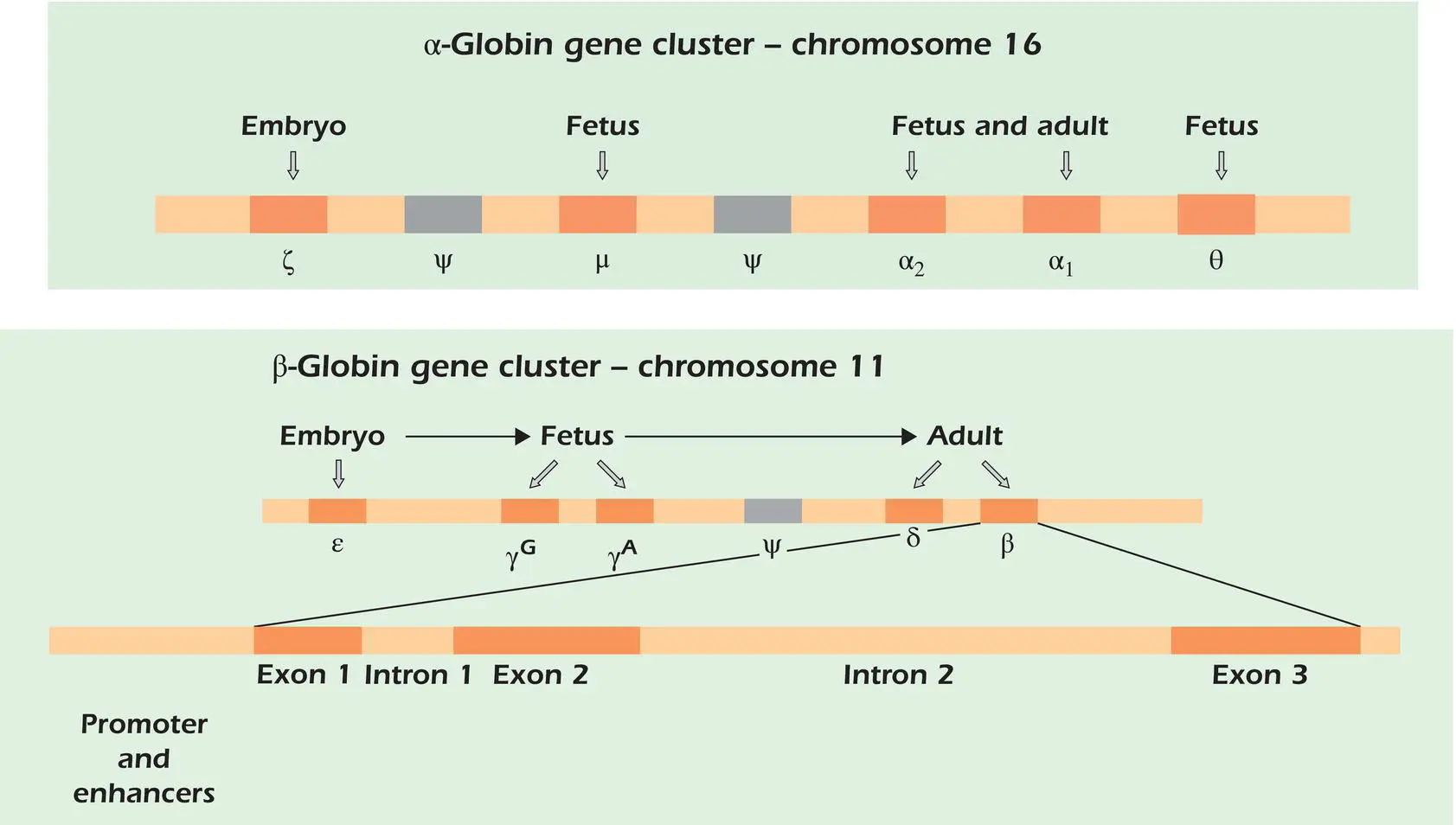Stephen R. Bolsover - Cell Biology
Здесь есть возможность читать онлайн «Stephen R. Bolsover - Cell Biology» — ознакомительный отрывок электронной книги совершенно бесплатно, а после прочтения отрывка купить полную версию. В некоторых случаях можно слушать аудио, скачать через торрент в формате fb2 и присутствует краткое содержание. Жанр: unrecognised, на английском языке. Описание произведения, (предисловие) а так же отзывы посетителей доступны на портале библиотеки ЛибКат.
- Название:Cell Biology
- Автор:
- Жанр:
- Год:неизвестен
- ISBN:нет данных
- Рейтинг книги:3 / 5. Голосов: 1
-
Избранное:Добавить в избранное
- Отзывы:
-
Ваша оценка:
- 60
- 1
- 2
- 3
- 4
- 5
Cell Biology: краткое содержание, описание и аннотация
Предлагаем к чтению аннотацию, описание, краткое содержание или предисловие (зависит от того, что написал сам автор книги «Cell Biology»). Если вы не нашли необходимую информацию о книге — напишите в комментариях, мы постараемся отыскать её.
Cell Biology: A Short Course
Cell Biology: A Short Course
Cell Biology: A Short Course
Cell Biology — читать онлайн ознакомительный отрывок
Ниже представлен текст книги, разбитый по страницам. Система сохранения места последней прочитанной страницы, позволяет с удобством читать онлайн бесплатно книгу «Cell Biology», без необходимости каждый раз заново искать на чём Вы остановились. Поставьте закладку, и сможете в любой момент перейти на страницу, на которой закончили чтение.
Интервал:
Закладка:

 Figure 4.6.Base excision repair.
Figure 4.6.Base excision repair.
The repair process for reinserting a purine or a pyrimidine into DNA is now the same ( Figure 4.6). DNA polymerase I replaces the appropriate deoxyribonucleotide into position. DNA ligase then seals the strand by catalyzing the reformation of a phosphodiester bond.
Nucleotide excision repairis required to correct a thymine dimer. The thymine dimer, together with some 30 surrounding nucleotides, is excised from the DNA. Repairing damage of this bulky type requires several proteins because the exposed, undamaged, DNA strand must be protected from nuclease attack while the damaged strand is repaired by the actions of DNA polymerase I and DNA ligase.
Even with all these protection systems in place, the cell divisions that create and repair our bodies generate errors, so that the adult human contains many cells with somatic mutations.Most are irrelevant to the specialized operation of that cell, or merely reduce its ability to function. Some, however, can cause cancer (page 241).
 GENE STRUCTURE AND ORGANIZATION IN EUKARYOTES
GENE STRUCTURE AND ORGANIZATION IN EUKARYOTES
Introns and Exons – Additional Complexity in Eukaryotic Genes
Genes that code for proteins should be simple things: DNA makes RNA makes protein, and a gene codes for the amino acids of a protein by the three‐base genetic code. In prokaryotes, indeed, a gene is a continuous series of bases that, read in threes, code for the protein. This simple and apparently sensible system does not apply in eukaryotes. Instead, the protein‐coding regions of almost all eukaryotic genes are organized as a series of separate bits interspersed with noncoding regions. The protein‐coding regions of the split genes are exons.The regions between are called introns,short for intervening sequences. At the bottom of Figure 4.7we show the structure of the β‐globin gene, which contains three exons and two introns. Introns are often very long compared to exons. As happens in prokaryotes, messenger RNA complementary to the DNA is synthesized, but then the introns are spliced out before the mRNA leaves the nucleus (page 22). This means that a gene is much longer than the mRNA that ultimately codes for the protein. The name exon derives from the fact that these are the regions of the gene that, when transcribed into mRNA, exit from the nucleus.
Medical Relevance 4.2 Bloom's Syndrome and Xeroderma Pigmentosum
DNA helicases are essential proteins required to open up the DNA helix during replication. In Bloom's syndrome, mutations give rise to a defective helicase. The result is excessive chromosome breakage, and affected people are predisposed to many different types of cancers when they are young.
People who suffer from the genetic disorder xeroderma pigmentosum are deficient in one of the enzymes for excision repair. As a result, they are very sensitive to ultraviolet light. They contract skin cancer even when they have been exposed to sunlight for very short periods because thymine dimers produced by ultraviolet light are not excised from their genomes.

 Figure 4.7.The human α‐and β‐globin gene family clusters. ψ indicates a pseudogene. Adults only express α, β, and δ, and of these the expression of δ is very low. The exon/intron boundaries of the β‐globin gene are indicated at the bottom.
Figure 4.7.The human α‐and β‐globin gene family clusters. ψ indicates a pseudogene. Adults only express α, β, and δ, and of these the expression of δ is very low. The exon/intron boundaries of the β‐globin gene are indicated at the bottom.
In fact, there is an evolutionary rationale to this apparently perverse arrangement. As we will see (page 114), a single protein is often composed of a series of domains,with each domain performing a different role. The breaks between exons often correspond to domain boundaries. During evolution, reordering of exons has created new genes that have some of the exons of one gene, and some of the exons of another, and hence generates novel proteins composed of new arrangements of domains, each of which still does its job.
The Major Classes of Eukaryotic DNA
We do not yet fully understand the construction of our nuclear genome. Only about 1.1% of the human genome codes for exonic sequences (i.e. makes protein) with about 24% coding for introns. Most protein‐coding genes occur only once in the genome and are called single‐copy genes.
Many genes have been duplicated at some time during their evolution. Mutation over the succeeding generations causes the initially identical copies to diverge in sequence and produce what is known as a gene family. Members of a gene family usually have a related function, for example the products of the globin family transport oxygen from our lungs to our tissues. These genes generate related proteins or isoforms,which are often distinguished by placing a Greek letter after the protein name, for example, hemoglobin α and hemoglobin β. Different members of a family sometimes encode proteins that carry out the same specialized function but at different times during development. The α‐ and β‐globin gene families, illustrated in Figure 4.7, are an example. The α‐globin gene cluster is on human chromosome 16 while the β‐globin gene cluster is on human chromosome 11. Hemoglobin is composed of two α globins and two β globins. The different globin proteins are produced at different stages of gestation, embryo to fetus to adult, to cope with the different oxygen transport requirements at each step. The duplication of genes and their subsequent divergence allows the expansion of the gene repertoire, the production of new protein molecules and the elaboration of ever more specialized gene functions during evolution.
Some sections of DNA are very similar in sequence to other members of their gene family but do not produce mRNA. These are known as pseudogenes.There are two in the α‐globin gene cluster and one in the β‐globin gene cluster (Ψ in Figure 4.7). Pseudogenes may be former genes that have mutated to such an extent that they can no longer be transcribed into RNA. Some pseudogenes have arisen because an mRNA molecule has been copied back into DNA by an enzyme called reverse transcriptase found in some viruses ( Medical Relevance 3.1on page 39). Such pseudogenes are immediately recognizable because some or all of their introns were spliced out before the integration occurred. Some have the poly(A) tail characteristic of intact mRNA present in the gene (page 76). These are called processed pseudogenes.
IN DEPTH 4.1 THERE ARE MORE PROTEINS THAN GENES IN MULTI‐CELLULAR ORGANISMS
As genomes of more and more organisms were sequenced, the most surprising feature to emerge was just how few genes supposedly complex organisms possess ( Table 3.1on page 39). The first eukaryotic genome to be sequenced was that of the budding yeast, Saccharomyces cerevisiae, the simple unicellular fungus that we use to make bread and beer. S. cerevisiae has 6091 genes. The fruit fly, Drosophila melanogaster, a much more complex organism with a brain, nervous and digestive systems, and the ability to fly and navigate, on the other hand, has 14 133 genes, or roughly twice the number in a yeast. Even more surprising was the finding that humans have only about 19 116 protein‐coding genes. However, humans make many more than 19 116 proteins and it is these that contribute to the complexity of an organism such as ourselves. How is it possible to have so few genes and yet make 100 000s of different proteins? It is the arrangement of human genes into exons and introns (page 59) that provides the solution. Alternative splicing(page 76) allows the cell to “cut and paste” exons in different ways to produce many different mRNAs from the same gene. The most extreme case known is the human gene called SLO , which encodes a protein found in some potassium channels (page 152). This gene has 35 exons, which can produce 40 320 different combinations of exons from a single gene. Estimates are that something like 50% of human genes show alternative splicing with the pattern of splicing (the range of proteins produced) varying from tissue to tissue. Drosophila genes also show alternative splicing but those of yeast, which contain few introns, do not.
Читать дальшеИнтервал:
Закладка:
Похожие книги на «Cell Biology»
Представляем Вашему вниманию похожие книги на «Cell Biology» списком для выбора. Мы отобрали схожую по названию и смыслу литературу в надежде предоставить читателям больше вариантов отыскать новые, интересные, ещё непрочитанные произведения.
Обсуждение, отзывы о книге «Cell Biology» и просто собственные мнения читателей. Оставьте ваши комментарии, напишите, что Вы думаете о произведении, его смысле или главных героях. Укажите что конкретно понравилось, а что нет, и почему Вы так считаете.












